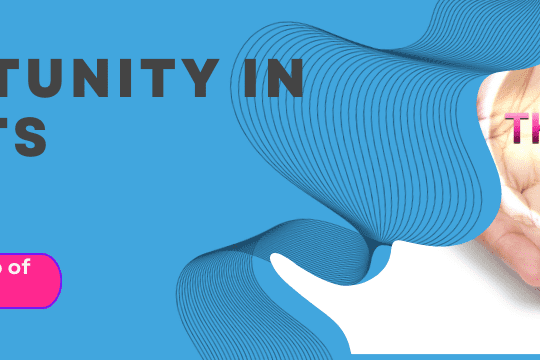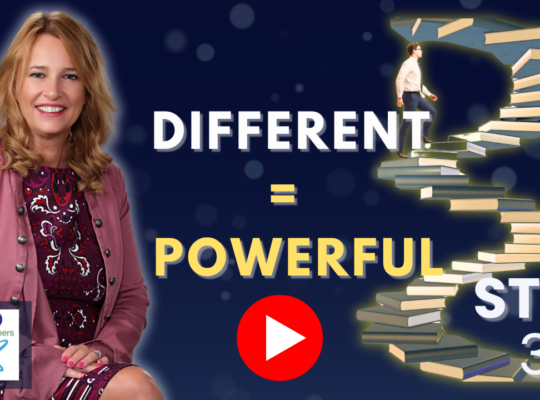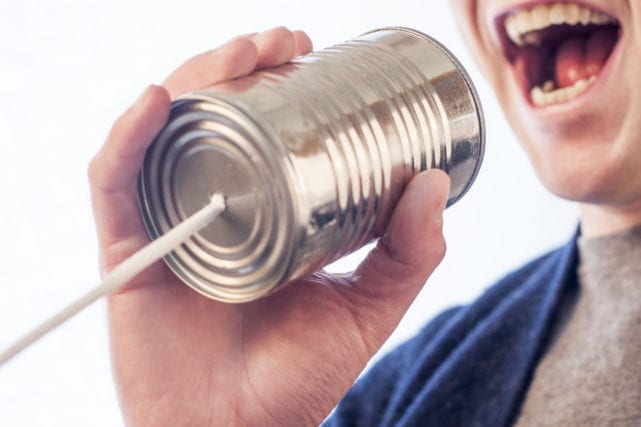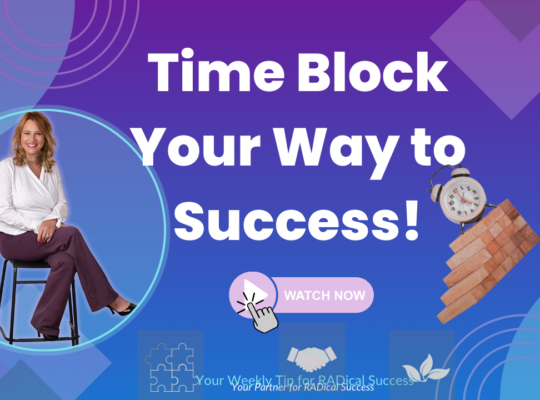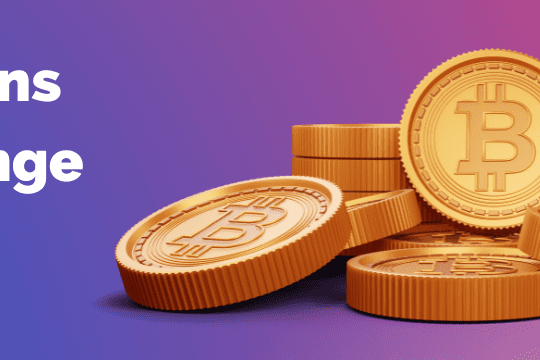“Almost everything will work again if you unplug it for a few minutes, including you.” – Anne Lamott
In today’s fast-paced digital world, we’re constantly connected—checking emails, scrolling through social media, attending virtual meetings, and more. While technology has brought incredible convenience and opportunities, it also comes with a heavy cost: burnout.
Burnout, the feeling of being emotionally and physically drained, is a growing problem for professionals and entrepreneurs alike. The pressure to always be “on” can lead to exhaustion, reduced creativity, and ultimately, a decline in productivity. According to the World Health Organization, burnout is now recognized as an “occupational phenomenon,” directly impacting workers’ health and well-being.
But what if the solution to avoiding burnout was as simple as unplugging? In this blog, we’ll explore the benefits of taking a digital detox and share actionable strategies to help you recharge and regain clarity in both your business and personal life. Watch the video below for more insights from Angie Dobransky, a business coach who knows the power of unplugging to achieve RADical success.
Why Unplugging is Essential for Avoiding Burnout
Burnout doesn’t happen overnight—it’s the result of prolonged stress and constant mental overload. The need to always be reachable or respond to every notification can drain your energy and creativity, leaving you feeling like you’re running on empty.
Studies show that taking regular breaks from digital devices can significantly improve focus, creativity, and overall well-being. The more time we spend online, the less time we give ourselves to recharge, reflect, and be present. Unplugging allows your brain to reset, so you can come back to work with a clearer mind and renewed energy.
The Benefits of a Digital Detox
Here are some key benefits of unplugging from technology for a day, weekend, or even a longer period:
1. Boosted Creativity
When you give your mind space to wander, creativity often flows more naturally. Stepping away from the digital noise allows your brain to form new connections and ideas.
2. Increased Productivity
It may seem counterintuitive, but taking a break can actually make you more productive. A Harvard Business Review study found that employees who took regular breaks were more focused, engaged, and effective.
3. Reduced Stress Levels
The constant demand to respond to notifications and emails can cause chronic stress. Unplugging allows you to step back, breathe, and lower your cortisol levels, which reduces stress and improves mental clarity.
4. Better Work-Life Balance
Unplugging also helps create a clearer boundary between your work and personal life. When you disconnect from work, you can focus on spending quality time with family and friends, improving your overall life satisfaction.
Simple Strategies for Unplugging
In the video, Angie Dobransky shares several practical tips for unplugging from technology. Here’s a breakdown of those strategies to help you get started:
1. Turn Off Your Devices
The first and most obvious step is to physically turn off your devices. Set up auto-replies for your email and phone, letting people know you’ll be unavailable, and when they can expect to hear back from you. This step alone can significantly reduce stress, as you won’t feel the constant pressure to respond immediately.
2. Ignore the Digital Noise
Skip the email checking, social media scrolling, and binge-watching for a day. While it may be tempting to fill your free time with entertainment, it’s important to allow your mind to truly rest and recharge. You’d be surprised at how much mental space this frees up.
3. Embrace Timelessness
Put away your watch, ignore the clock, and just enjoy the moment. Whether you’re spending time with family, reading a book, or taking a walk in nature, focus on being present without the distraction of time.
4. Fill Your Cup
Spend time doing activities that truly bring you joy. Whether it’s diving into a creative project, cooking, or simply relaxing, the goal is to focus on what replenishes your energy. Prioritize activities that help you reconnect with yourself and your loved ones.
5. Plan a Regular Digital Detox
Angie recommends scheduling regular breaks, such as one unplugged day per week, a weekend every quarter, and a full vacation each year. Planning these breaks in advance ensures you make them a priority and gives you something to look forward to.
Action Steps for Success
Now that you know the importance of unplugging, here are some actionable steps to help you implement a successful digital detox and avoid burnout:
1. Schedule Your Digital Detox
Pick a date in the next month for your first digital detox. It can be a full day or just a few hours, but write it down in your calendar and commit to it. Treat this time as sacred, and don’t allow any interruptions.
2. Set Boundaries
Inform your colleagues, clients, and friends in advance that you’ll be offline. Set clear expectations about when you’ll be back, and stick to your boundaries. You might be surprised by how supportive others will be of your decision to unplug.
3. Reflect and Adjust
After your detox, take time to reflect. Did you notice any changes in your stress levels, creativity, or energy? Use these reflections to fine-tune your future digital detoxes and make unplugging a regular practice.
4. Build Consistency
Like any habit, consistency is key. Start small and gradually increase the time you spend unplugged. Over time, these regular breaks will help you stay energized and avoid burnout in the long term.
5. Make Unplugging a Team Effort
Encourage your family or team to join you in your digital detox. By making it a group effort, you can hold each other accountable and create a culture that values balance and well-being.
Final Thoughts
Unplugging from technology isn’t just a luxury; it’s essential for maintaining mental clarity, boosting creativity, and avoiding burnout. By making regular digital detoxes a part of your routine, you’ll not only improve your productivity but also your overall quality of life.
Ready to take the first step? Pick a date for your digital detox, turn off your devices, and see how it transforms your energy and focus.
For more tips and strategies on achieving RADical success, visit RadStrategic.com, and don’t forget to subscribe to Angie Dobransky’s YouTube channel for weekly insights.

